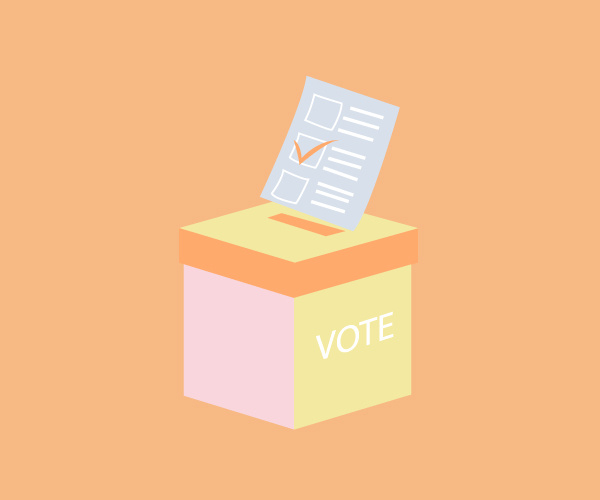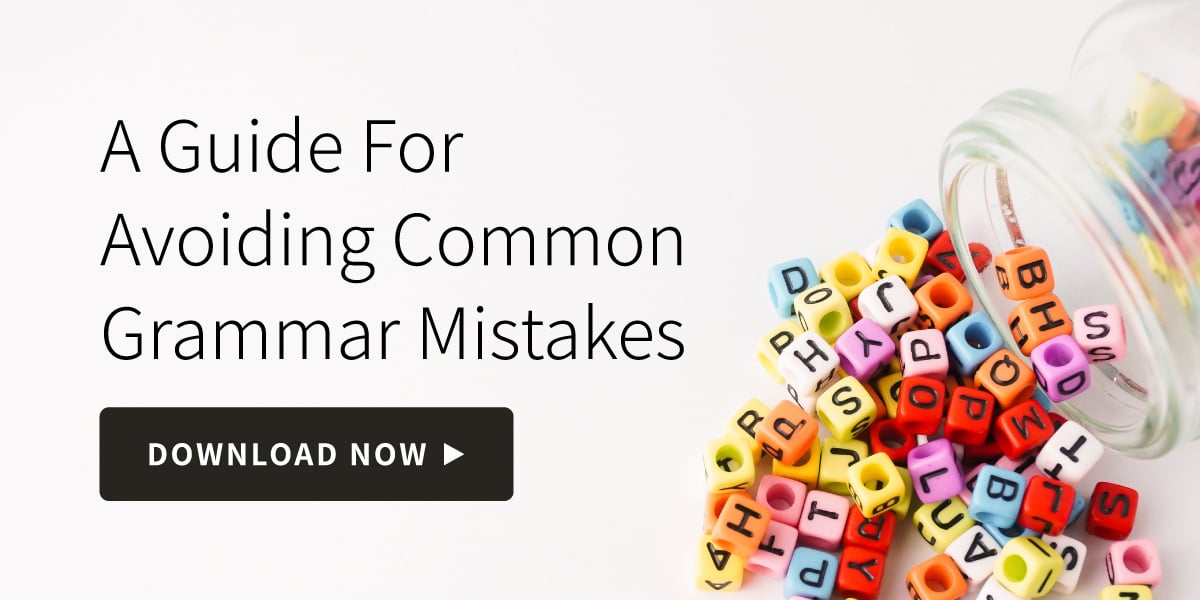
The English language is evolving all the time to take in new words and ways of speaking, but there are still rules you have to follow if you want to be easily understood in both speech and writing.
Collectively, we term these rules grammar. It is important to know how the rules work because a weak grasp of grammar can impede understanding and even prevent it altogether.
For your child, getting the basics right also sets a firm foundation for tertiary education and working life, where they will be expected to communicate clearly and effectively in order to perform well. Here are 7 common grammar mistakes that people of all ages make, and that your child should really be avoiding.
1. Its vs It’s
They may sound exactly the same but there is a world of difference in how “its” and “it’s” are to be used. “Its” is used to indicate that one object or property belongs to another. It is the same kind of word as my, yours, his and hers. “It’s” is just the short form for “it is”.

Wrong: Its raining!
Who does the act of raining belong to? No one. This is a wrong sentence.
Correct: It’s raining!
This sentence still makes sense if we substitute “it is”, so it’s a correct use of “it’s”!

Wrong: The dog licked it’s paws nervously.
It doesn’t make sense for the dog to lick “it is” paws nervously.
Correct: The dog licked its paws nervously.
The paws belong to the dog, so they are its paws!
2. Their vs They’re
This common mistake is very similar to the previous mistake we pointed out. “Their” and “They’re” sound alike, and like “its”, “their” is used to indicate that one object or property belongs to something else. But “their” is plural, so whatever we are talking about has to belong to more than one thing. And like “it’s”, “they’re” is also a short form — this time for “they are”.

Wrong: The boys’ grammar is bad. Their talking nonsense.
Correct: The boys’ grammar is bad. They’re talking nonsense.
In this case, we are clearly referring to the boys talking nonsense, and not of the talking nonsense belonging to them. So the second sentence is correct: they are talking nonsense.
Wrong: The boys are talking nonsense. They’re grammar is bad.
Correct: The boys are talking nonsense. Their grammar is bad.
Here, the bad grammar belongs to the boys who are talking nonsense, so using “their” is correct.
3. Who vs Whom
Knowing when to use “who” or “whom” appropriately continues to confound many otherwise fluent English speakers worldwide. But a simple rule can help with clearing any confusion. When the sentence involves “he” or “she”, use “who”. However, when the sentence involves “him” or “her”, use “whom”.

Wrong: Whom was late for class today?
Correct: Who was late for class today?
When we answer this question, we would say: He/she was late for class today. So “who” is correct.

Wrong: Who should I vote for in the upcoming elections?
Correct: Whom should I vote for in the upcoming elections?
You will be voting for him/her/them in the elections, so “whom” is accurate here.
4. Nor vs Or
“Nor” is only used in the negative, and always follows “neither” in a sentence. It’s when you want to say more than one thing is untrue, or did not happen. “Or” is used in the positive and follows “either” in a sentence. Most people do not have problems with using “or”, but here’s where the confusion usually crops up.

Wrong: Neither John or James ate the cupcake.
Correct: Neither John nor James ate the cupcake.
“Or” never follows “neither” in a sentence, even if the sentence ‘sounds’ correct. “Nor” must be used.


